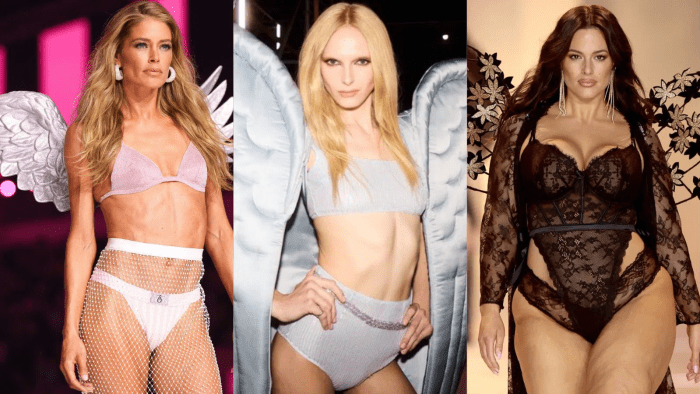
The Victoria’s Secret Fashion Show (VSFS) made its return to the runway last week after a six-year break mired in controversies around diversity, equality and inclusion (DEI), harassment and other inappropriate practices. But, does the return to the runway represent key stage in the redemption arc for the troubled brand. Below is a full version of thoughts on this story shared by our Regional COO and Senior Consultant, Graham Hitchmough, as part of a Marketing Interactive’s piece.
It will take a lot more than a successful return to the runway for Victoria’s Secret to address its many reputational and commercial challenges. With a more diverse cast, a 7% rise in the share price, and 5,000% increase in social media mentions, the show can be seen to have done its job. However, media coverage has been mixed, and the reality is that a lingerie runway show as a platform for DEI will always be compromised.
The show is innately self-referential and anachronistic—harking back to a (thankfully) bygone era of objectification, even as it scrambles to appear more representative and empowering.
A globally live-streamed catwalk show will always represent short-term ‘vanity,’ while ‘sanity’ is reflected in the less showy strategies that VS is engaging to turn around its fortunes in the long-term. These include a focus on experiential retail and e-commerce, an extension into more accessible product lines, and most notably, a focus on growing the Asian market, particularly Greater China.
In China, the emphasis has been on smart collaborations with local brands and celebrities that help broaden VS’s reach and appeal, and support the company’s DEI credentials in more subtle and credible ways.
Victoria’s Secret will always struggle to compete in terms of DEI perceptions relative to fast-growing competitors like Skims, where such ideologies are fundamental. VS grew up in (and helped define) a previous age and now faces the challenge of reinventing and detoxifying what made the brand dominant while exploring ways to find relevance and respect among new generations of consumers. Some of these efforts may be performative, but that doesn’t diminish the importance of VS pursuing diversity and inclusion both in principle and in practice.
VS bears a particular responsibility to make amends for its legacy of promoting unrepresentative, and unhealthy feminine stereotypes. Despite the fanfare of its New York runway return, the event serves more as a reminder of the company’s past than a blueprint for its future. It will be the brand’s more nuanced moves – localisation, collaboration and product diversification – that ultimately decide whether Victoria’s Secret can recapture its market influence in a more positive and progressive way.